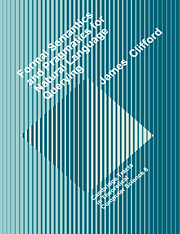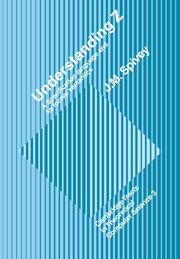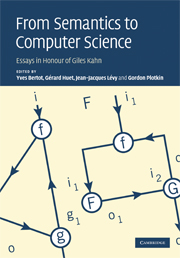Formal Semantics and Pragmatics for Natural Language Querying
This book discusses the connection between two areas of semantics, namely the semantics of databases and the semantics of natural language, and links them via a common view of the semantics of time. It is argued that a coherent theory of the semantics of time is an essential ingredient for the success of efforts to incorporate more 'real world' semantics into database models. This idea is a relatively recent concern of database research but it is receiving growing interest. The book begins with a discussion of database querying which motivates the use of the paradigm of Montague Semantics and discusses the details of the intensional logic ILs. This is followed by a description of the author's own model, the Historical Relational Data Model (HRDM) which extends the RDM to include a temporal dimension. Finally the database querying language QEHIII is defined and examples illustrate its use. A formal model for the interpretation of questions is presented in this work which will form the basis for much further research.
- Reflects the growing interest in 'real world' semantics
- Will form the basis for further research
Product details
June 2004Paperback
9780521602747
212 pages
247 × 189 × 13 mm
0.386kg
Available
Table of Contents
- 1. Introduction
- 2. Montague semantics
- 3. The HRDM model
- 4. Intensional logic and historical databases
- 5. Overview of English query language QE-III
- 6. Formal definition of QE-III
- 7. Examples from the QE-III fragment
- 8. Summary and conclusions.






